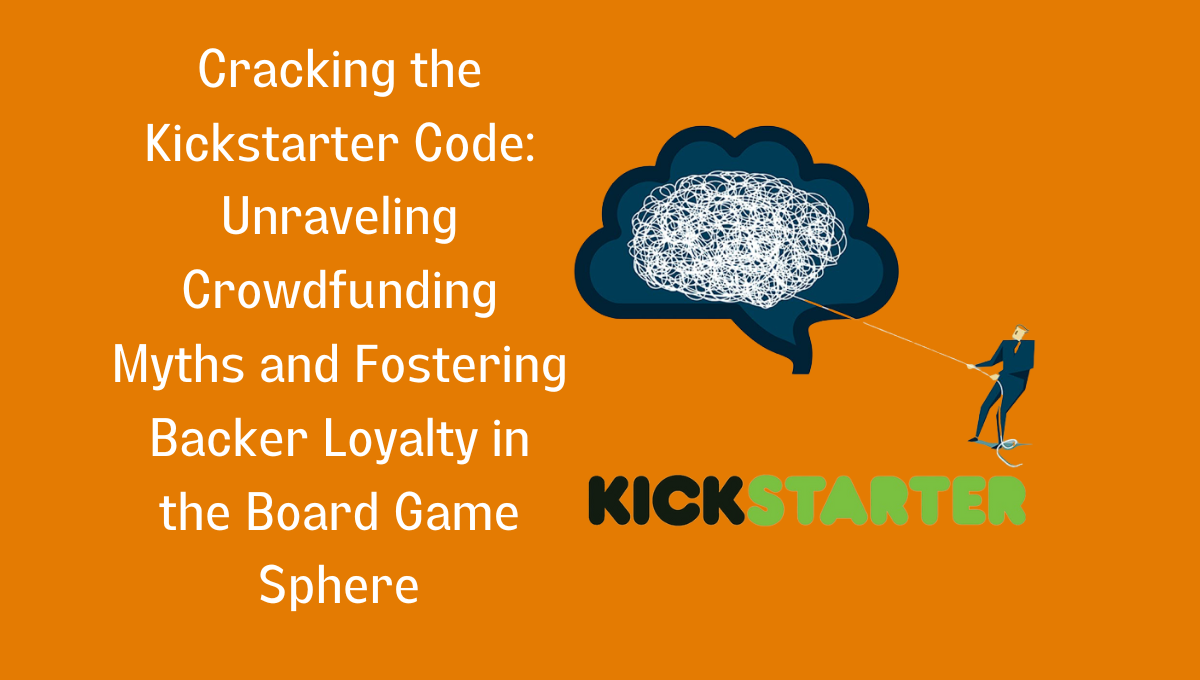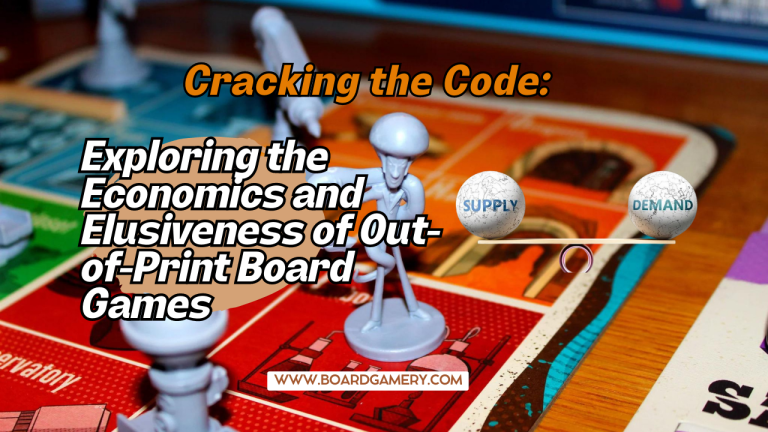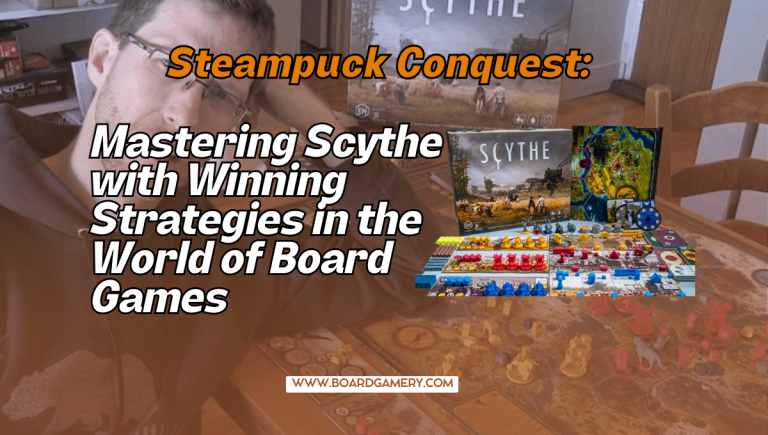Decoding Kickstarter: Crowdfunding Myths and Backer Loyalty in Board Games
Picture this: you’re a fan of a particular game, and you find out that the creators are launching a Kickstarter campaign to bring a new version to life. Exciting, right? And then you hear that they’ve raised 151% of what was needed to produce the game, which sounds fantastic. But wait. There’s that nagging question: did they ask for too much from their backers? And, if so, will the extra funds be refunded to those who stayed loyal?
Confused? The joy of crowdfunding can quickly turn into a bewildering mess of questions and uncertainties. But worry not, for I shall part the fog of confusion and lead you down the road of clarity.
So buckle up and get ready for an exploratory journey through the twisted world of Kickstarter, mythical games, and backer loyalty.
A Casual Explanation: Kickstarter Quirks
First of all, let’s have a reminder of what Kickstarter actually is: a place where people pitch their creative projects and invite others to invest in them. It’s not a store where you buy products—you are, in fact, placing your trust in the creators to deliver something in return for your investment.
So how does this relate to our mysterious game that seemingly defied all odds and raised 151% of its required funds? Well, there seems to be a slight misunderstanding. The “total” being referred to isn’t actually a monetary amount but the minimum number of backers needed to get the game produced.

Let’s break it down in hypothetical numbers: if our aspiring game creators needed 1,000 people to fund their project in order to secure production, a 151% success rate means they had 1,500 backers come on board. Seems great, right? After all, they only needed 1,000 to get the factory wheels turning; that
extra 500 should be a nice bonus.
And that’s where the extra funds come in. Are those extra backers getting their money’s worth or are they simply lining the pockets of the game creators? And what about those who couldn’t afford to contribute in the first place, are they just left out in the cold? Unfortunately, there’s no one-size-fits-all answer here, as each Kickstarter campaign can have its own unique set of circumstances.
Communication Breakdown: Mythic Mayhem
A common thread in crowdfunding conundrums is a lack of clear communication. Without full transparency from the creators, it’s tough to understand what’s really going on with the project. And because you’re investing in an idea rather than buying a product, there’s always that element of risk that things might not go as planned.

That brings us to mythical game creators (let’s call them MG) and their unique Kickstarter campaign. Despite the whole “151% of funds raised” thing, many were left wondering if MG had simply mismanaged their funds and if they had actually asked for too much from supporters. This also raised questions about potential corruption in the crowdfunding community.
Was MG held hostage by the rising prices of materials and the unpredictable shifting of the tides of fortune, or are they just another sinister example of greedy game creators taking advantage of innocent backers? It’s difficult to say for sure, but the best piece of advice in situations like this is probably to assume the worst and hope for the best.
Looking Ahead: What Future Kickstarter Campaigns Could Learn
So how can the next generation of crowdfunding hopefuls avoid falling into the same mess that has befallen our mythical game creators? A little proactive communication and realistic preparation would go a long way:
- Transparency: Creators should be honest with their backers about any potential risks or challenges, as well as any changes in plans or expenses.
- Expect the Unexpected: Factor in contingencies for things like rising material prices or unexpected delays.
- Fairness for All: Consider tiered rewards or contributions to ensure that no one feels like they’re being taken advantage of.
- Always Over-Deliver: If you do end up raising more than you initially needed, consider using the extra funds to enhance the project. Add-ons, upgrades, or expanded content are all great ways to reward your backers.
Wrapping Up
In conclusion, the mythical world of crowdfunding is full of fascinating stories and intriguing characters. Our mythical game creators may have been a victim of poor management or hard luck, but one thing is clear: Kickstarter is not a store, and it’s essential for both creators and backers to remember that.
As for that 151% funded game, we may never know if those loyal backers will get their just rewards. But the tale serves as a cautionary reminder for future Kickstarter campaigns: be honest, clear, and cautious when navigating the crowdfunding landscape. After all, nobody wants their dream project to become another scary crowdfunding myth.






